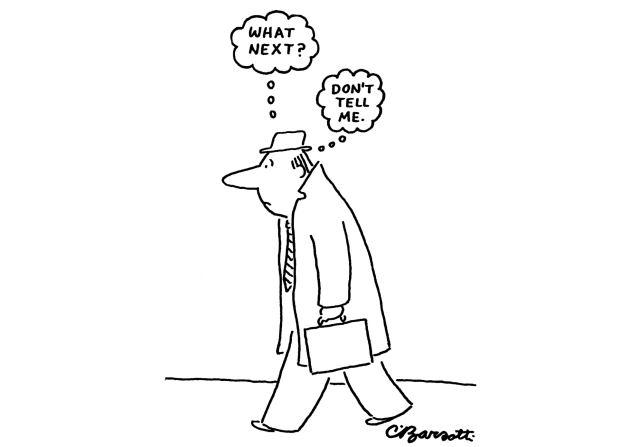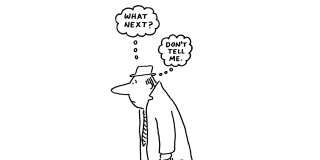
Charles Barsotti (1933–2014)
Published June 20, 1977
3. The New Yorker Makes Its Mark
By the 1930s, The New Yorker had hit its stride. Editor Harold Ross cultivated a growing roster of talented and prolific writers, while remaining true to his original vision of a weekly magazine of wit and substance. The New Yorker’s muse was New York City itself, and its coverage of metropolitan life — the city’s grit and gentility, its booming industry, and its unprecedented racial and ethnic diversity — was revelatory for readers. Despite its coverage of a heterogeneous city, however, the magazine was written and edited by a white staff for a largely white audience.
World War II was a turning point for The New Yorker. The magazine was one of the earliest to cover the rise of Adolf Hitler and to call out Germany’s anti-Semitic violence. In the 1940s, New Yorker war correspondents across Europe and Asia captured the experiences of American soldiers, the plight of refugees, and the carnage of modern warfare. Ross’s diligent right-hand man, William Shawn, was key to The New Yorker’s wartime success, working overtime to edit the magazine with a skeleton staff and steering groundbreaking stories to print. At the start of the war, The New Yorker was a popular local magazine; by the end, it was one of the most influential publications in America.






